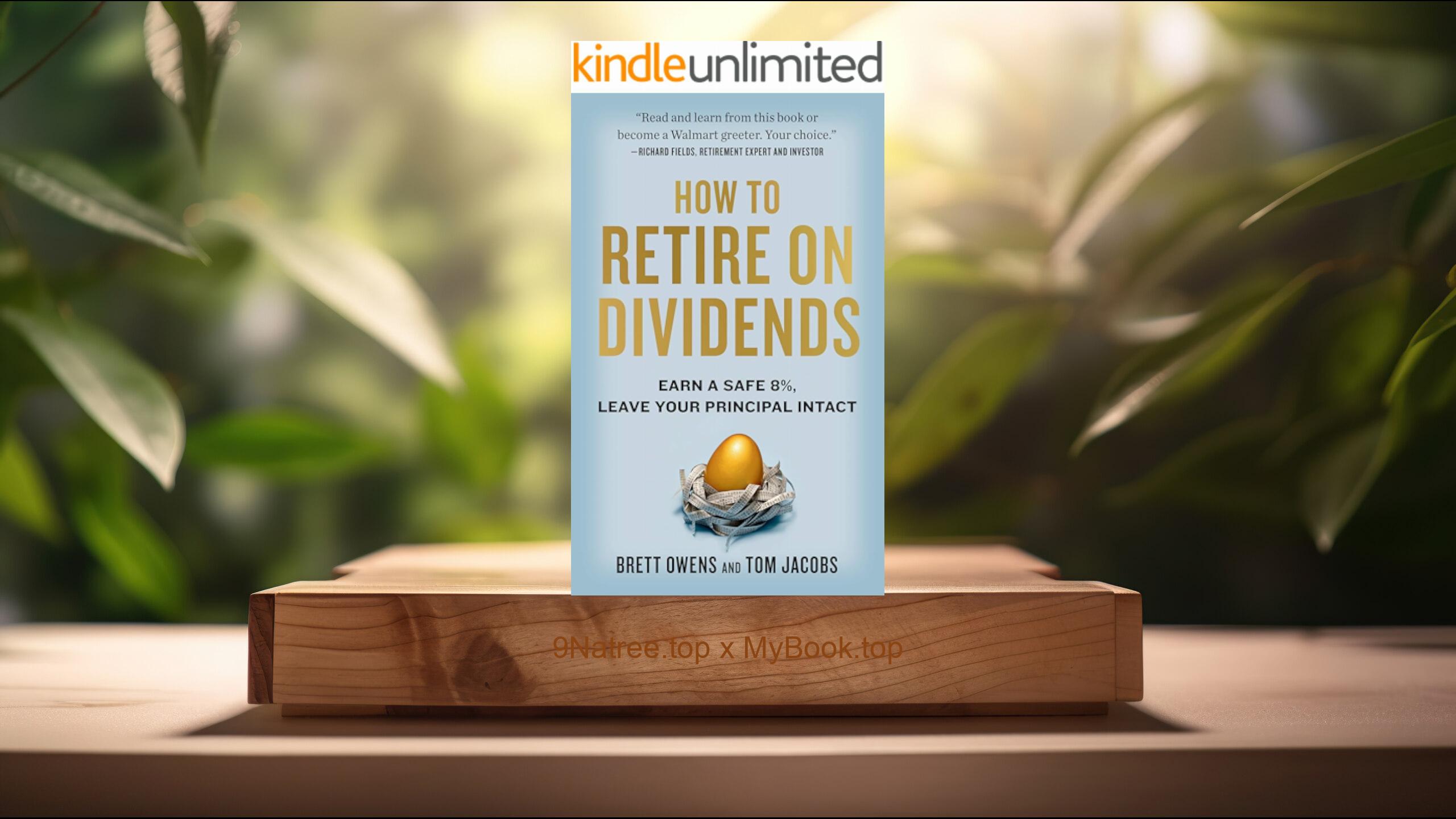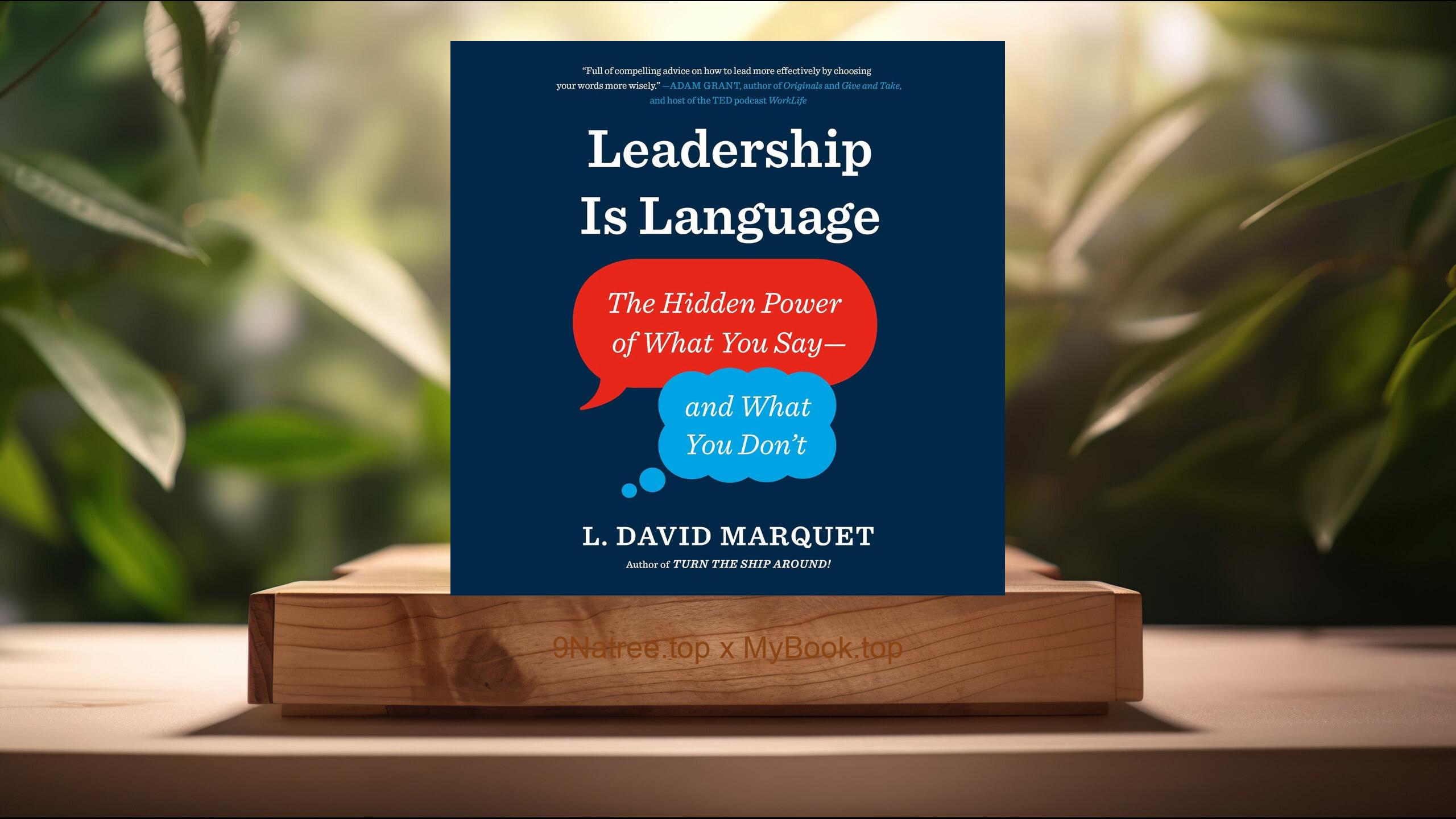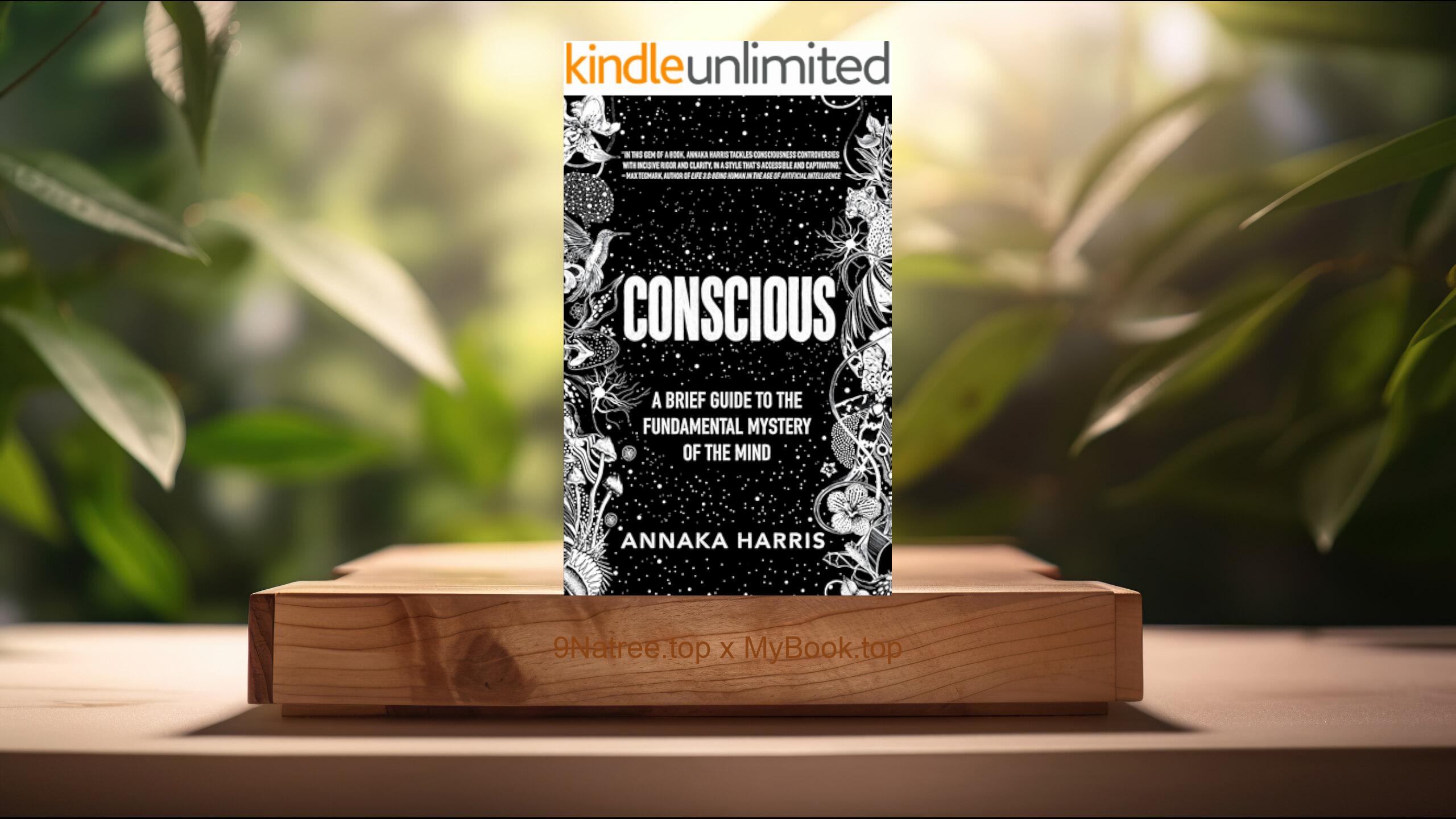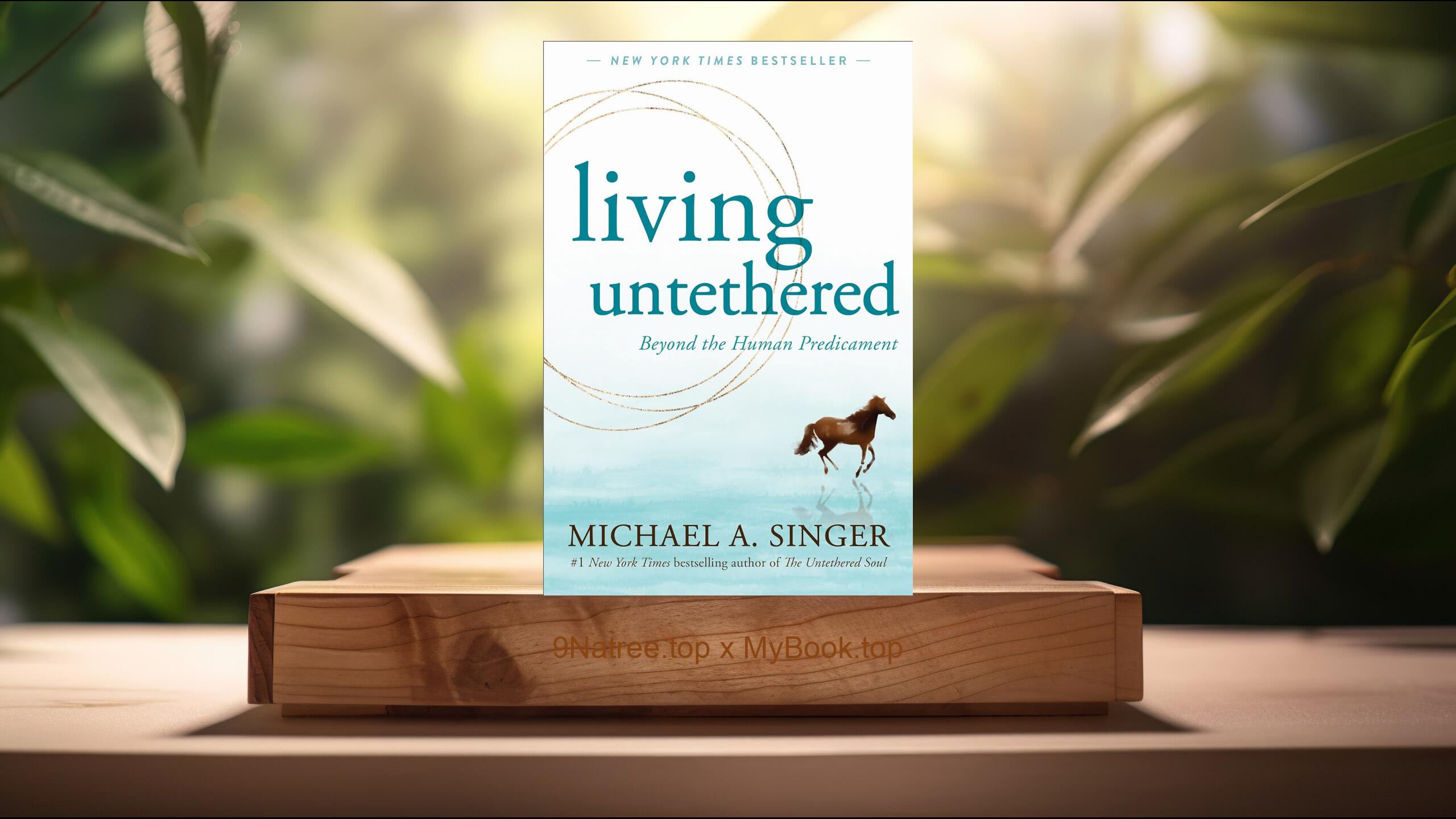Show Notes
- Amazon USA Store: https://www.amazon.com/dp/B0742KPLGR?tag=9natree-20
- Amazon Worldwide Store: https://global.buys.trade/The-Natural-Soap-Making-Book-for-Beginners-Kelly-Cable.html
- eBay: https://www.ebay.com/sch/i.html?_nkw=The+Natural+Soap+Making+Book+for+Beginners+Kelly+Cable+&mkcid=1&mkrid=711-53200-19255-0&siteid=0&campid=5339060787&customid=9natree&toolid=10001&mkevt=1
- Read more: https://mybook.top/read/B0742KPLGR/
#NaturalSoapMaking #DIYSoap #HerbsandEssentialOils #SustainableCrafts #SoapMakingforBeginners #CreativeHobbies #HandmadeSoaps #EcofriendlyProducts #TheNaturalSoapMakingBookforBeginners
These are takeaways from this book.
Firstly, Understanding the Basics of Soap Making, The book starts with an introduction to the basic principles of soap making, covering essential topics such as the science behind the soap making process, the different methods available (cold process, hot process, and melt and pour), and the significance of using natural ingredients. It explains the saponification process, which is crucial for beginners to understand, as it is the chemical reaction that transforms oils and lye into soap and glycerin. This section also discusses the equipment and safety measures necessary to start making soap at home, ensuring readers are well-prepared and informed before they begin their soap making journey.
Secondly, Selecting Natural Ingredients, An entire section of the book is dedicated to choosing natural ingredients, highlighting the benefits of using herbs, spices, and essential oils in soap making. Cable outlines how different ingredients affect the soap’s texture, scent, and skin-nourishing properties. This section serves as a comprehensive guide for beginners, offering insights into how to select the right oils for their skin type, how to blend essential oils for aromatic therapeutic benefits, and how to use natural colorants and exfoliants. This knowledge allows readers to customize their soap recipes to suit personal preferences and needs, encouraging experimentation and creativity.
Thirdly, Step-by-Step Guide to Making Your First Soap, Kelly Cable provides readers with detailed, step-by-step instructions on how to make their first batch of soap using the cold process method. This section breaks down the soap making process into manageable steps, from measuring and mixing the ingredients to molding and curing the soap. Cable’s instructions are clear and easy to follow, aiming to build confidence in beginners. She also includes troubleshooting tips and answers to common questions, ensuring that readers can learn from mistakes and improve their skills over time. This hands-on approach demystifies soap making, making it accessible to everyone.
Fourthly, Creating Specialty Soaps, As readers become more comfortable with the basics of soap making, Cable introduces more advanced recipes and techniques for creating specialty soaps. This section explores the art of adding layers, swirls, and textures to soap, as well as how to incorporate natural elements like petals and oatmeal for aesthetic and therapeutic purposes. It also covers the use of molds to create various shapes and sizes. These advanced projects inspire creativity and experimentation, encouraging soap makers to broaden their skills and explore new possibilities in natural soap making.
Lastly, Sustainable Practices and Continuous Learning, The final section of the book focuses on sustainable practices in soap making and the importance of continuous learning. Cable emphasizes the environmental benefits of using natural ingredients and encourages readers to source materials ethically. This section also encourages readers to further their soap making education by exploring other methods, participating in community forums, and staying updated with new trends and techniques in the craft. Cable’s approach to soap making is not just about creating a product but fostering a sustainable, lifelong learning process that respects the environment and enriches personal wellness.
![[Review] The Natural Soap Making Book for Beginners (Kelly Cable) Summarized](https://episodes.castos.com/660078c6833215-59505987/images/1999964/c1a-085k3-okwg2q68fw25-web8yt.jpg)




